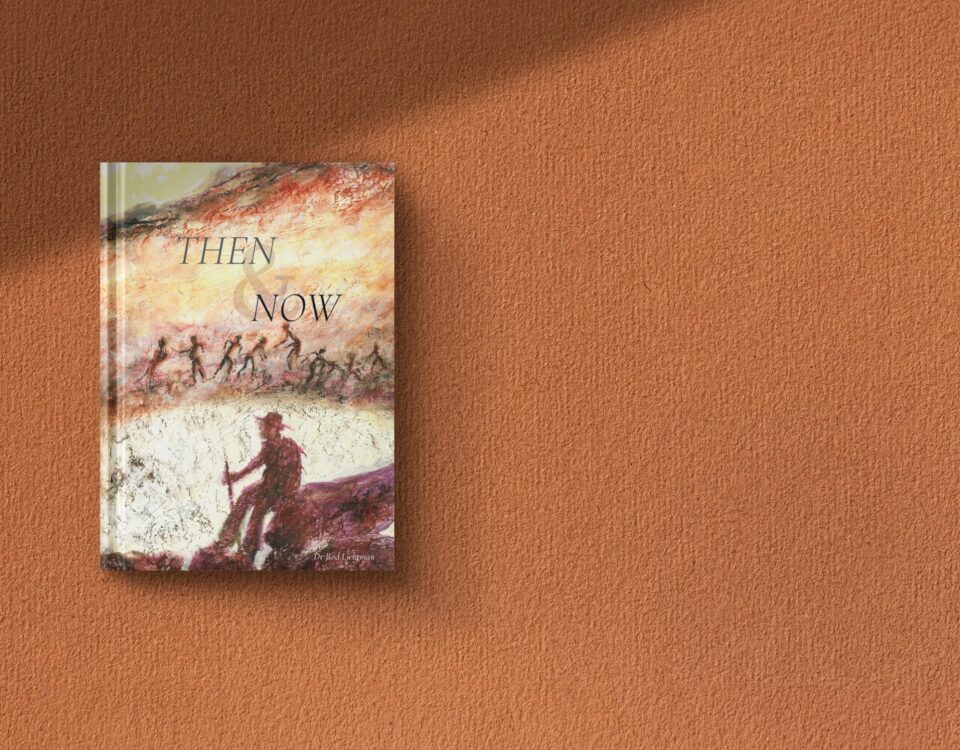Text and photos by Ron Swilling
When travelling inland through the upper reaches of northern Namibia from the Skeleton Coast or the vast desolate desert bordering the Kunene, you come across remote Himba settlements, the huts dotted in a barren sea of sand.
The Himba people, eking out a living in the arid regions of north-western Namibia and southern Angola, belong to one of the last semi-nomadic desert-dwelling groups in Africa.
In the remote areas of Kaokoland, western influence has only started to filter into their semi-nomadic pastoral existence over the last few decades, forcing them to adjust and adapt to the influences of the western world. Although some Himba have chosen to live in small towns and incorporate the twenty-first century into their lives, age-old traditions are still upheld in the remote villages.
Visiting such a ‘village’ on the slopes below the Kunene River with the huge mountains of Angola looming purple in the distance, a few women and men sit around a small fire. The women nurse their young and smoke their small pipes, reaching for embers from the fire to light them.
This settlement, like many others, comprises a few dome-like shelters positioned around a central enclosure for animals and a sacred fire. The women tend the children and stay in the settlement, while the men wander off into the surroundings to find grazing for their cattle. As in numerous other African cultures, their animals are symbolic of their wealth. The traditional Himba ‘sacred fire’ – kept alive in reverence to the ancestors and positioned between the main hut and the animal ‘kraal’ – is a place where the villagers gather on special occasions.
Although many of the men have adopted a more western dress, the women retain their traditional attire. Naked except for an animal-skin skirt or wrap and many adornments, the women are richly coloured with the ochre, animal-fat and herb mixture they rub into their skin. Rarely coming into contact with water, it acts as a lotion and a cleanser, and keeps their bodies looking red and healthy. Huge cone shells made into necklaces symbolise their womanhood/fertility and adorn their bare chests, and small animal-skin head-dresses, curled pieces of leather, mark their marital status.
An older woman, the matriarch – thin, tough and with drooping breasts, her body painted in ochre – comes out to greet us. A few of the women go to their dwellings to put on their headpieces for photographs. They emerge smiling, revealing their striking beauty while the girls clap loudly and sang, running a few steps and then twisting in the air, their ochre bodies glistening and their huge cone-shell necklaces banging against them.
The beauty and grace of these desert people living at one with the arid land is readily apparent. Many are concerned about how the simple life of living close to the earth with few possessions and little shelter is going to fare as it collides increasingly with the opulence and excess of western culture. It is hoped that despite these inevitable influences the old values and traditions will not be lost, but will remain an integral part of the Himba culture as it adapts to the modern world of the 21st century.
I am left with a hauntingly beautiful picture in my mind of two ochre-coloured girls leaping and twisting in the vast desert openness, desert children emerging and dancing from the throbbing womb of the land.
This article was originally published in the October Flamingo 2007 magazine.







1 Comment
So beautiful. I hope they will continue as they have for so long.